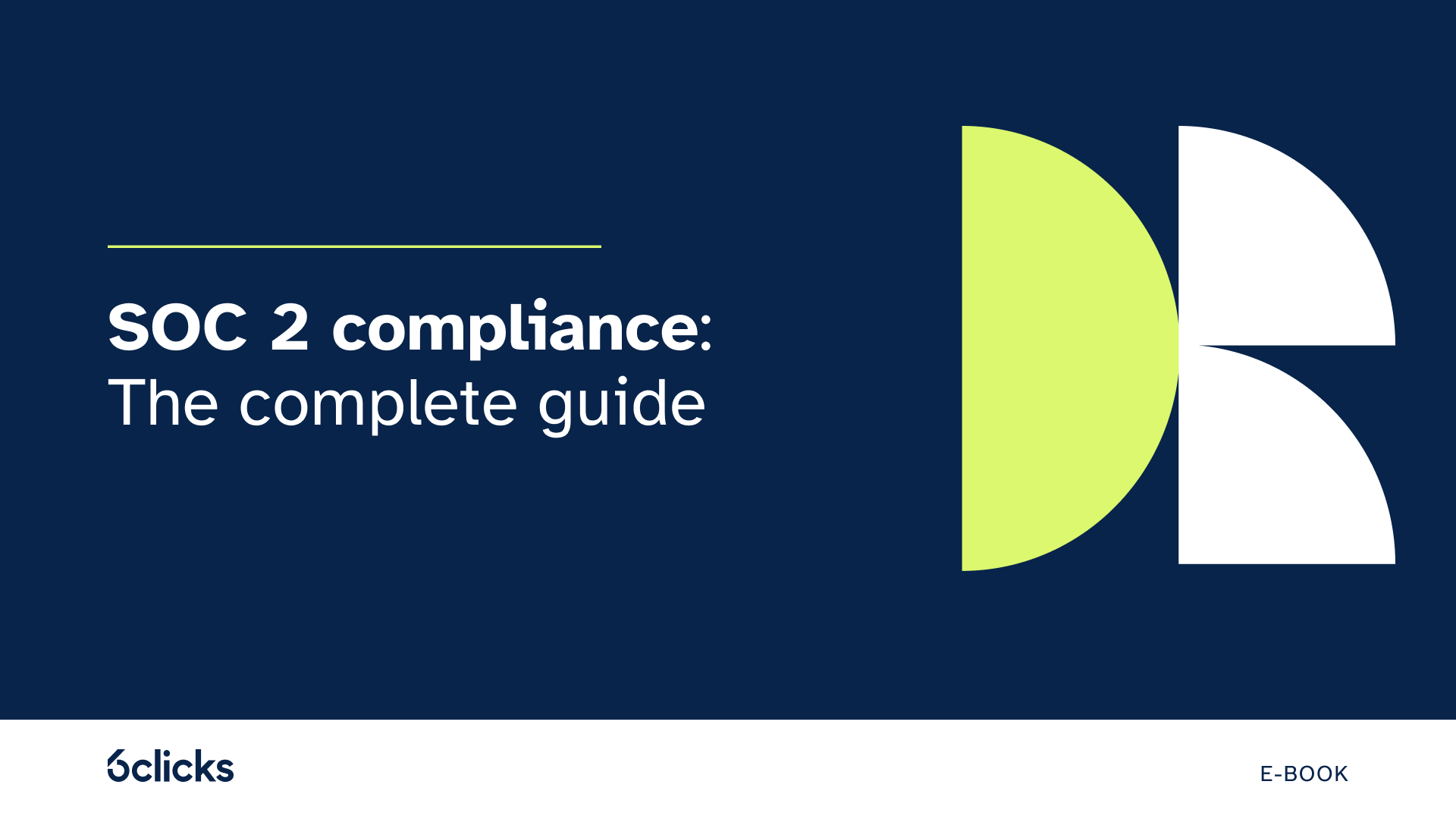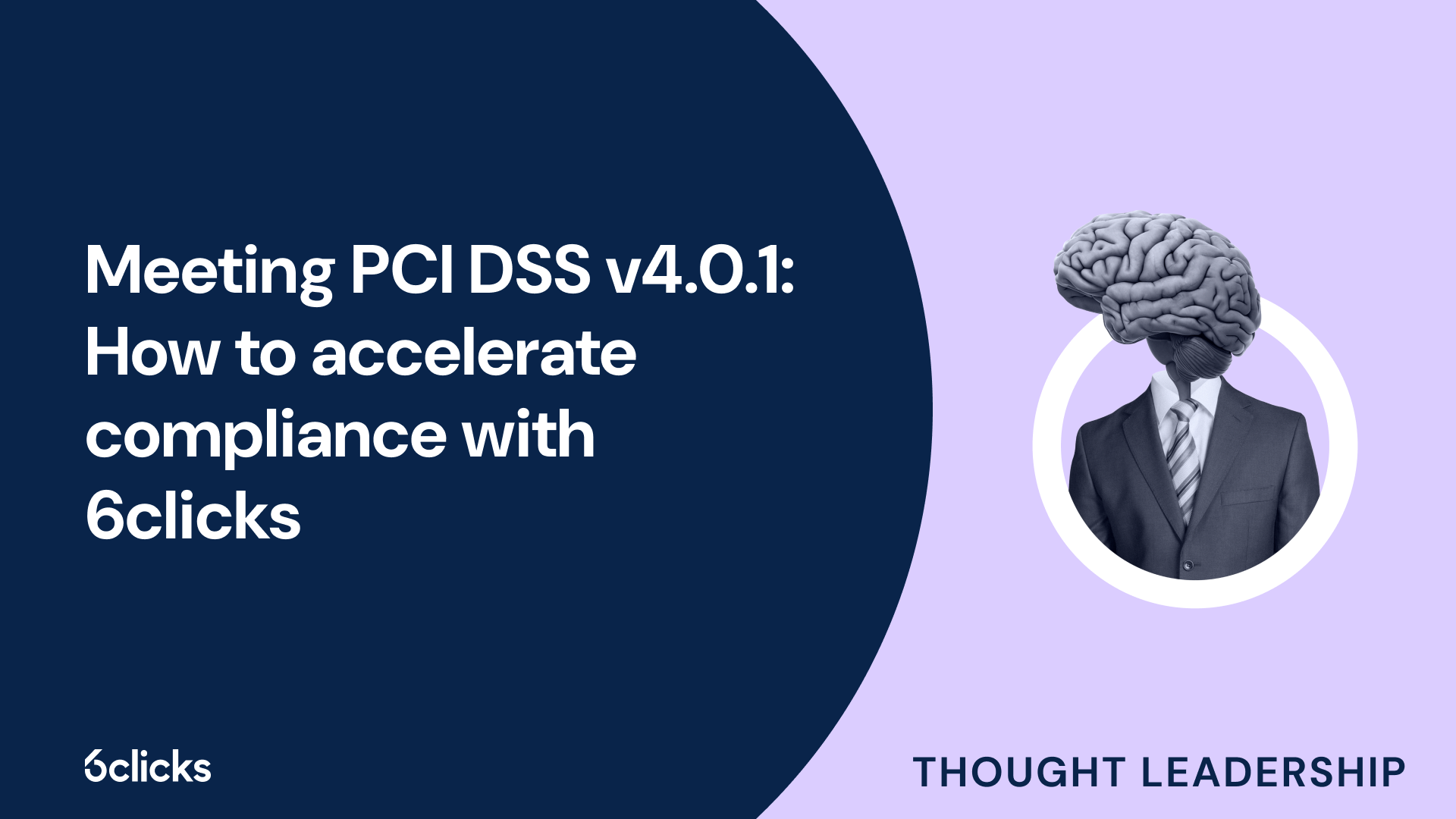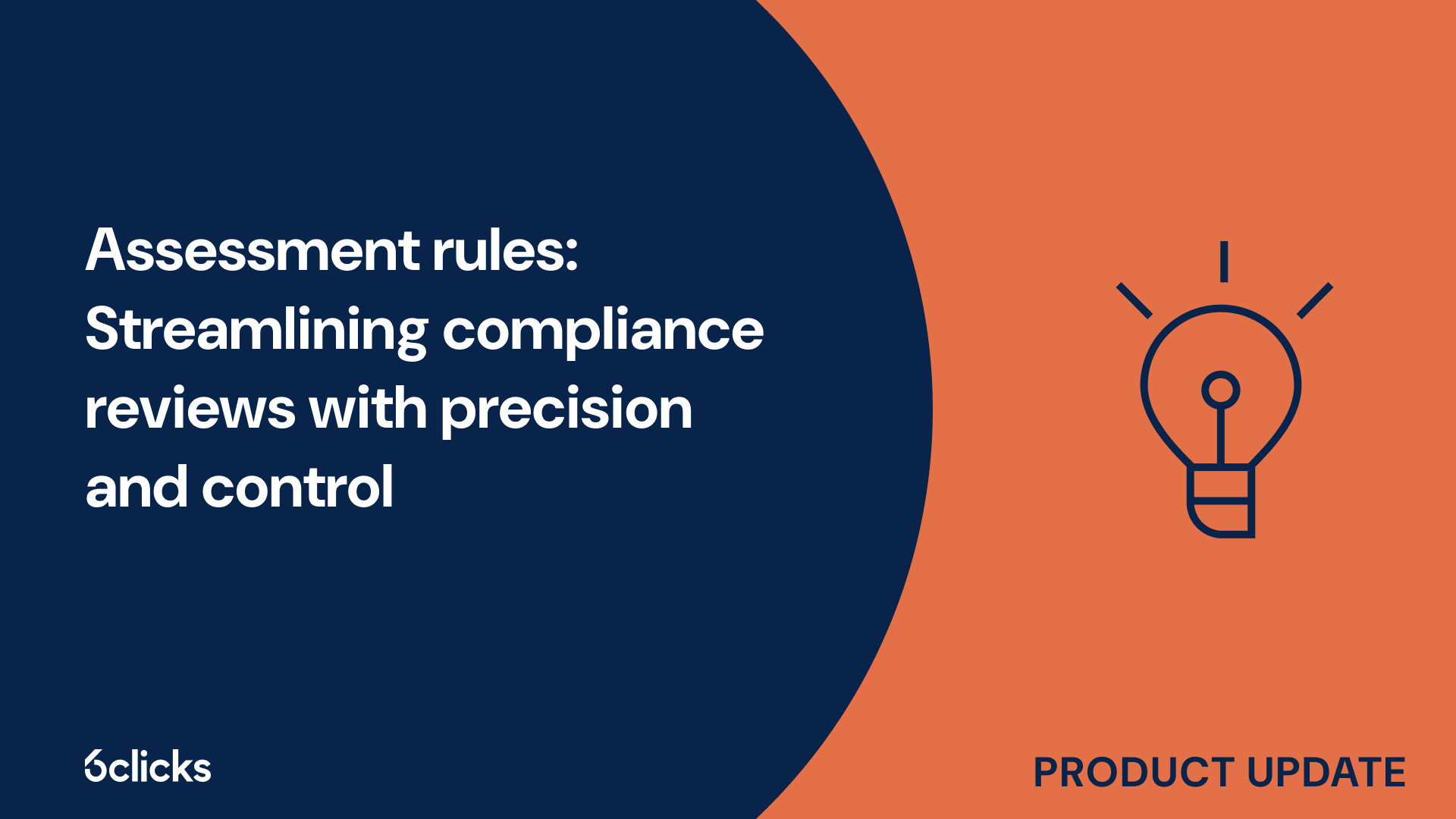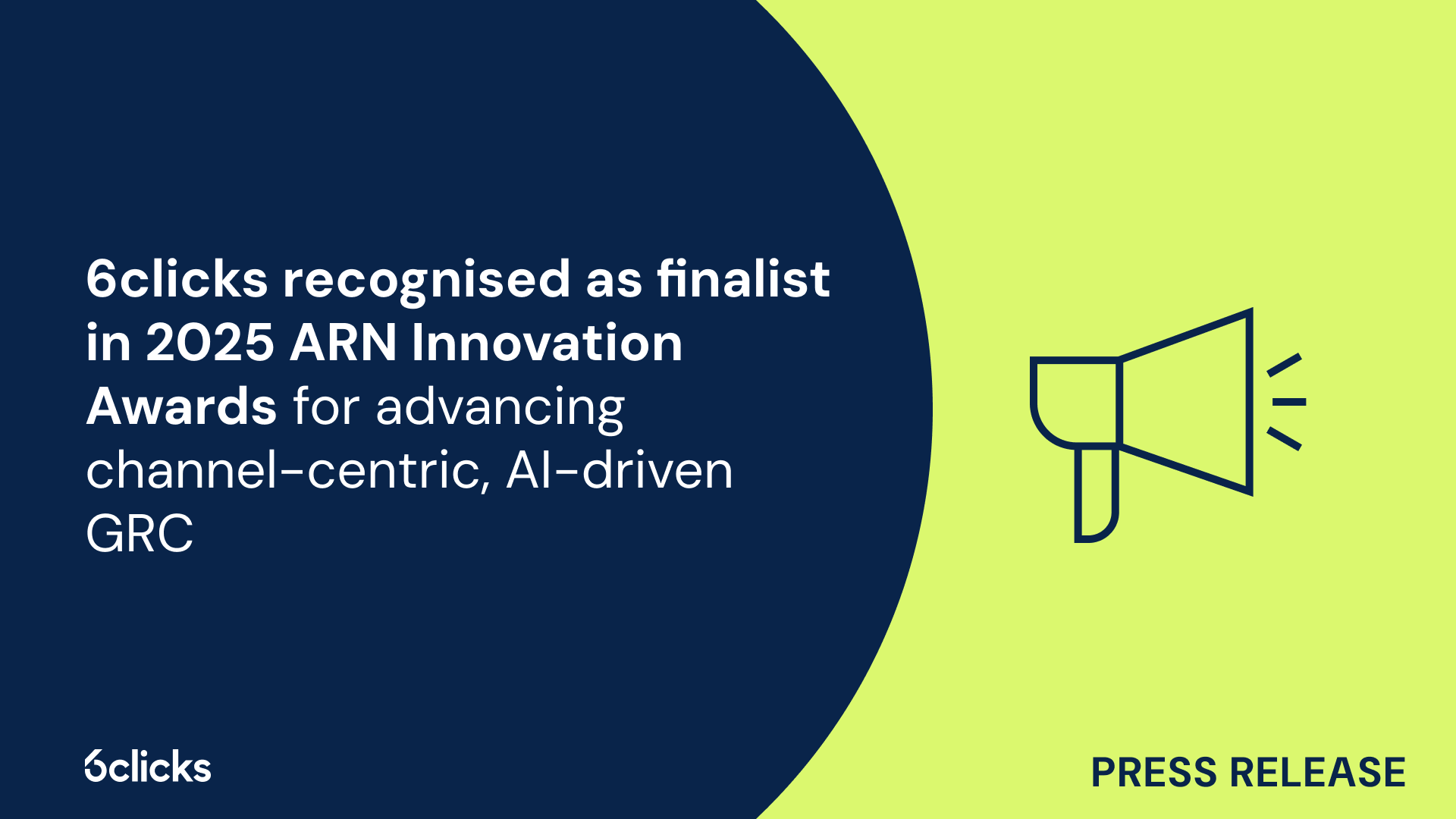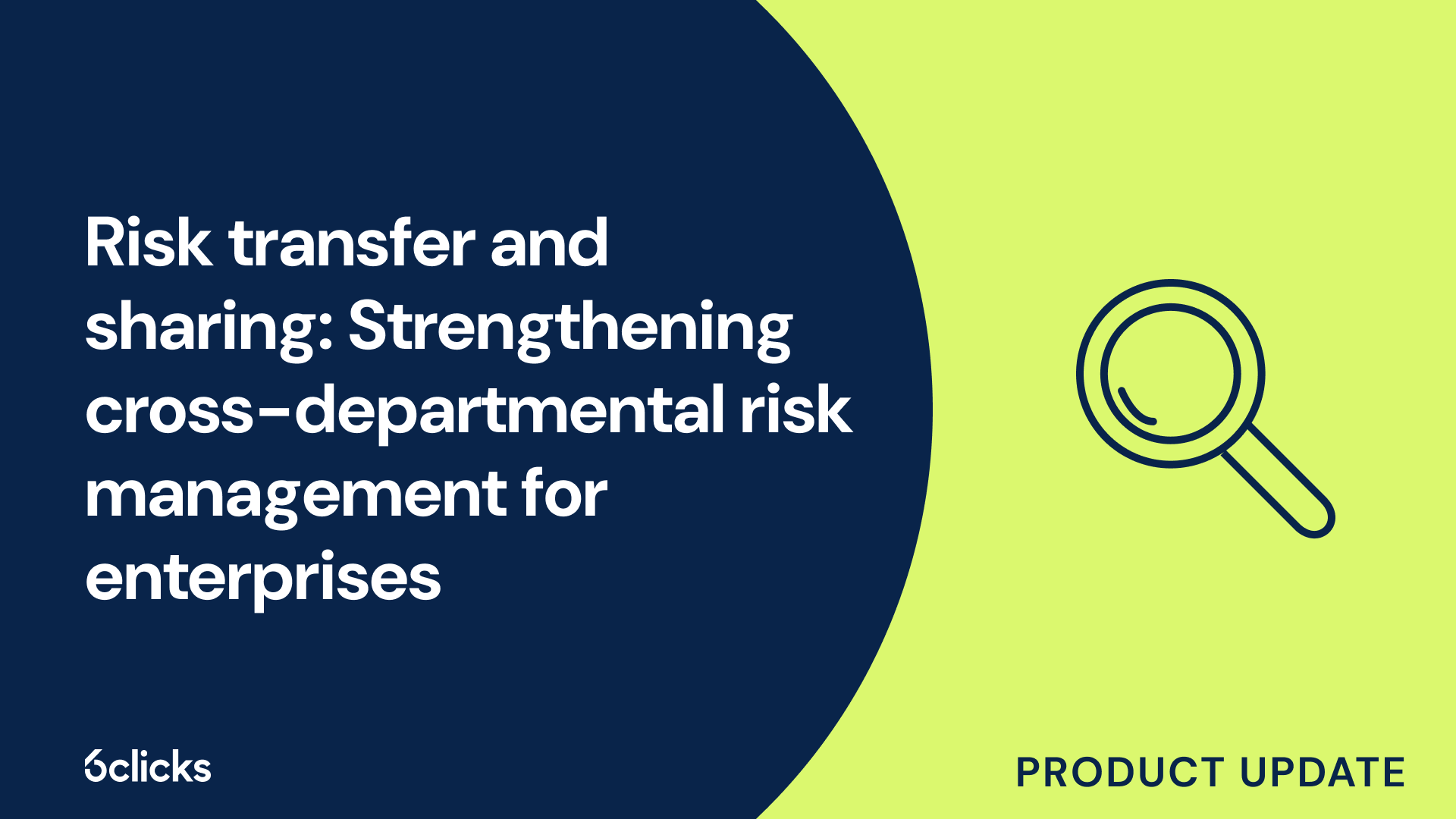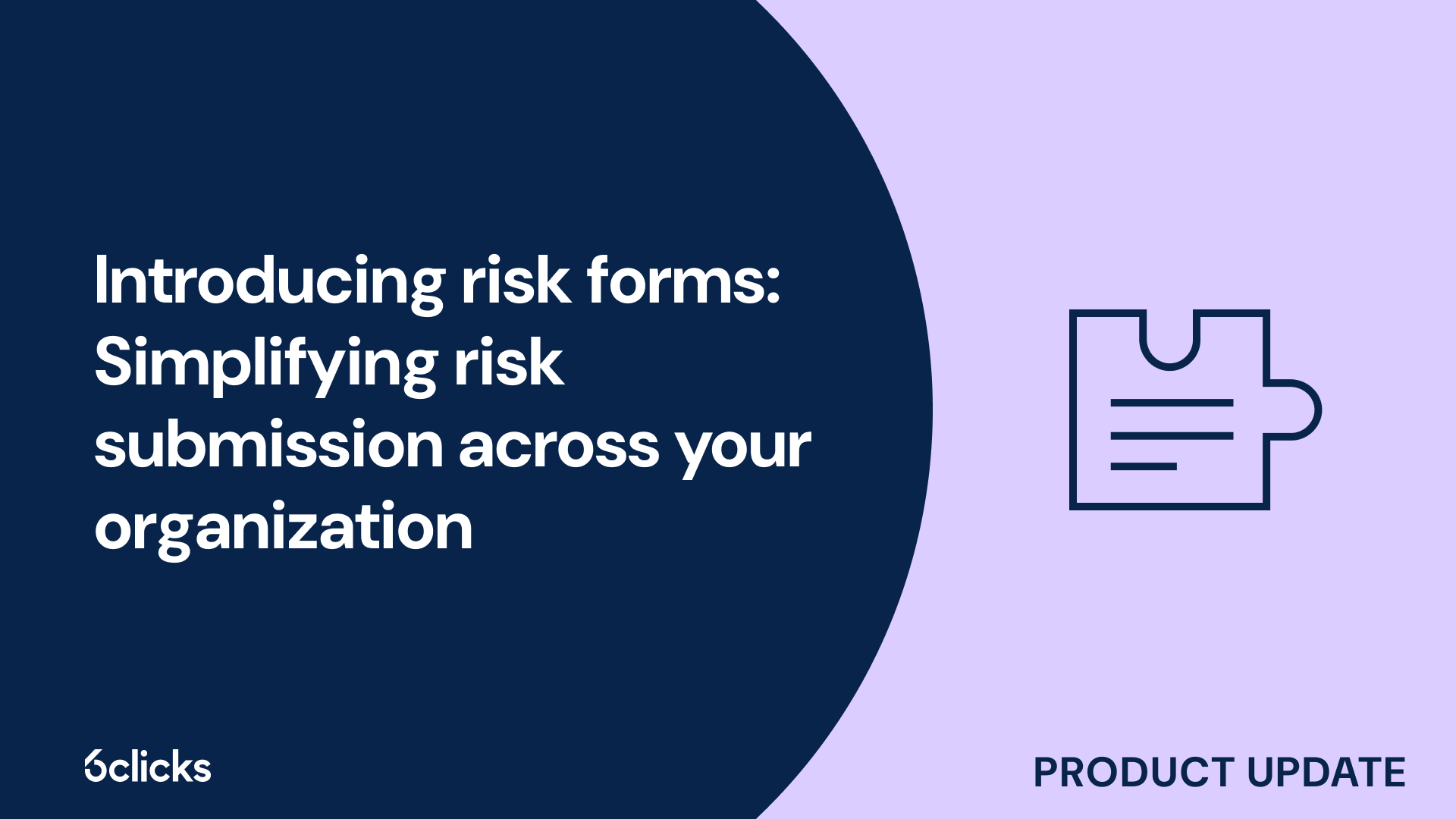Mastering the cybersecurity domain in 2025
Discover how to future-proof your organization’s cybersecurity in 2025. This free guide from 6clicks explores core security domains, regulatory frameworks, and how to integrate GRC for scalable, resilient, and audit-ready programs. Essential reading for CISOs, risk managers, and compliance leaders.
-1.png?width=200&height=249&name=Group%20193%20(1)-1.png)
Mastering the cybersecurity domain in 2025
What is the role of identity and access management (IAM) in modern cybersecurity?
TL;DR: Identity and access management (IAM) is a cornerstone of cybersecurity, ensuring that only the right people have the right access to the right resources—at the right time.
As outlined in the 6clicks expert guide Mastering the Cybersecurity Domain in 2025, IAM is one of the eight core domains of cybersecurity. In today’s environment—characterized by hybrid work, cloud adoption, and increased insider risk—IAM plays a pivotal role in protecting digital assets and enforcing security policies at scale.
IAM governs how identities are created, verified, managed, and retired, and how access to systems and data is authorized and monitored. It's essential for maintaining control over who can do what inside an organization’s infrastructure.
Key IAM capabilities include:
-
Authentication
Validates user identities using passwords, biometrics, or multi-factor authentication (MFA). -
Authorization
Controls what authenticated users are allowed to access, based on roles or attributes (RBAC/ABAC). -
Access lifecycle management
Ensures that users only have access when needed, and that access is revoked when no longer appropriate. -
Identity federation and SSO
Enables secure access across multiple systems and platforms without requiring multiple credentials. -
Privileged access management (PAM)
Applies stricter controls for admin and high-risk accounts to prevent misuse or abuse.
Why IAM matters more than ever
IAM is at the front line of cybersecurity. Without effective identity governance, even well-funded security programs can be bypassed. As attackers increasingly exploit human error, misconfigured permissions, and compromised credentials, a strong IAM framework becomes the first layer of defense in a zero trust architecture.
IAM also plays a crucial role in:
-
Enforcing compliance with regulations like GDPR and HIPAA
-
Supporting secure onboarding and offboarding of employees
-
Integrating third-party and contractor access without increasing risk
Struggling to secure user access across your systems and partners?
Book a demo with 6clicks today and see how our platform helps you implement IAM controls, enforce least privilege, and automate access governance as part of your broader cybersecurity and GRC strategy.



